In the diverse landscape of Indonesian cuisine, Nasi Kuning or Yellow Rice Recipe emerges as a sensory marvel. With its distinctive and traditional blend of spices, this recipe not only tantalizes the taste buds but also invites us to savor history with every bite.
Roots of Flavour Etched in Time in the Yellow Rice Recipe
Before delving into the intricacies of the recipe, let’s take a moment to reflect on the origins of Nasi Kuning or Yellow Rice Recipe. Beyond being a mere dish, it serves as a mirror reflecting the rich heritage of the Nusantara spices that have infused flavor into every generation.
Yellow rice, synonymous with expressions of gratitude for all the blessings bestowed by the Almighty, is commonly found throughout Indonesia, especially in regions such as Central Java, Yogyakarta, Banjar, Manado, and Bali.
Despite its widespread recognition, not many are aware of the origins of yellow rice. According to history, this yellow rice recipe originated from Java, specifically during the emergence of the Hindu kingdoms. The yellow color is derived from turmeric, making it safe for consumption.

In Javanese beliefs, the yellow color symbolizes gold, signifying wealth and prosperity. The Hindu religion associates it with mountains, believed to be the abode of many deities. In Bali, yellow rice is presented in four colors – white, black, red, and yellow – forming a cone resembling a mountain known as “tumpengan.”
Initially served by Hindus as an expression of gratitude and a plea for safety to the deities, over time, Islamic kingdoms in Java interpreted yellow rice as a form of thanksgiving to the Almighty. Even today, yellow rice remains an integral part of significant occasions such as weddings, births, birthdays, and more. It is often served with various side dishes such as fried chicken, tempeh stir-fry, fried vermicelli, according to the preferences of the event host. Yellow rice continues to be a culinary heritage rich in meaning in Indonesia.
A Tapestry of Ingredients and Heritage of Yellow Rice Recipe
The heart of Nasi Kuning lies in its vibrant tapestry of ingredients. Turmeric, the star of the show, not only imparts the dish its vivid yellow hue but also adds a warm, earthy undertone. Complementing turmeric are an array of aromatic spices such as lemongrass, galangal, and coconut milk, which weave together to create a symphony of flavors that dance on the palate.
Rituals of Preparation: A Culinary Journey
The preparation of this Yellow Rice Recipe is not merely a culinary process; it is a journey through time and tradition. The meticulous grinding of spices, the rhythmic stirring of coconut milk, and the slow infusion of flavors into rice all echo the cultural rituals passed down through generations. Each step in the preparation is a nod to the culinary artistry that has been perfected over centuries.
Serving History on a Platter
As we savor a plate of Nasi Kuning, we are not just eating a meal – we are partaking in a narrative that stretches back through time. Every mouthful is a communion with the past, a homage to the hands that have lovingly prepared this dish for centuries. The vibrancy of the yellow rice is a testament to the resilience of Indonesian culture, as it has absorbed and integrated diverse influences while retaining its essence.
Beyond the Plate: Nasi Kuning in Cultural Celebrations
Nasi Kuning isn’t just a dish for everyday dining; it holds a special place in Indonesian celebrations. From weddings to religious ceremonies, its presence on the table symbolizes prosperity, joy, and the binding of communities. The act of sharing Nasi Kuning is not just a culinary gesture; it is an expression of togetherness and shared cultural identity.
Inviting This Nasi Kuning – Yellow Rice Recipe into Your Kitchen
For those eager to embark on a culinary adventure, attempting to prepare Nasi Kuning at home is a gateway to experiencing the richness of Indonesian culture. As the aroma of turmeric and spices fills your kitchen, you’ll not only be crafting a delicious meal but also participating in a cultural dialogue that transcends borders.
In conclusion, Nasi Kuning is more than a dish; it is a cultural ambassador, carrying the legacy of Indonesian flavors. As we relish its taste, we are reminded that, in the world of culinary arts, each recipe is a story waiting to be told, and Nasi Kuning is a vibrant chapter in Indonesia’s epicurean tale.
Yellow Rice Recipe
Ingredients
- 3 cups rice (1 cup = 185-200g)
- 10 cm turmeric (blend with 3 tablespoons of water, strain, and take the liquid)
- 3 pandan leaves (tie into a knot)
- 4 stalks of lemongrass (bruise)
- 2 kaffir lime leaves
- 1 thumb-sized galangal (bruise)
- 1 thumb-sized ginger (sliced)
- 5 bay leaves
- 1 box of Kara coconut milk (200ml)
- 5 shallots (sliced)
- 4 cloves garlic (sliced)
- Salt and seasoning to taste
Instructions
- Rinse the rice thoroughly and drain. Place it in the rice cooker.
- Heat a pan, add Kara coconut milk, and all the spices. Add water approximately as much as the standard measurement for cooking rice in the rice cooker. Stir continuously until it slightly boils. Turn off the heat.
- Pour the coconut milk mixture into the rice in the rice cooker. If the water seems insufficient, you can add some more coconut milk. Stir the rice and coconut milk mixture to ensure even distribution.
- Press the u0022cooku0022 button and wait until it’s done.
- Yellow rice is ready to be served with other complementary ingredients.
Tips that Make a Difference
- Choosing the Right Ingredients: Select high-quality rice for the perfect rice texture.
- Play with Colors: Use fresh turmeric for a natural yellow hue.
- Traditional Delight: Kara coconut milk adds a distinctive touch to yellow rice.
Tips for Choosing Equipment
- Deliciousness Molder: A rice cooker is the key to the success of delicious yellow rice.
- Sharp Kitchen Weapon: Sharp knives make ingredient preparation easier.
Tips for Cooking and Handling Ingredients
- Balancing Flavors: Gently mix rice and coconut milk to ensure the flavors are absorbed perfectly.
- Monitor the Temperature: Ensure the spices come to a boil before pouring them into the rice cooker.
Seductive Presentation Tips
- Beautiful Presentation: Garnish yellow rice with slices of red onion and celery for an enticing appearance.
- Perfect Pairing: Serve with your favorite side dishes for a complete dining experience.



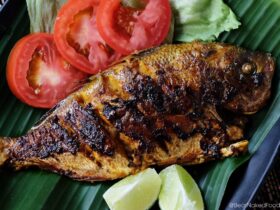
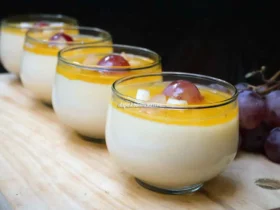
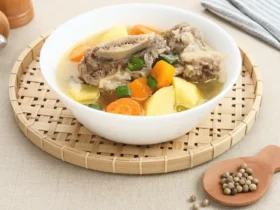


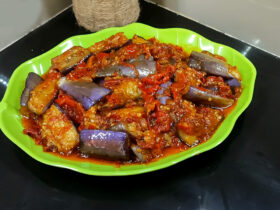
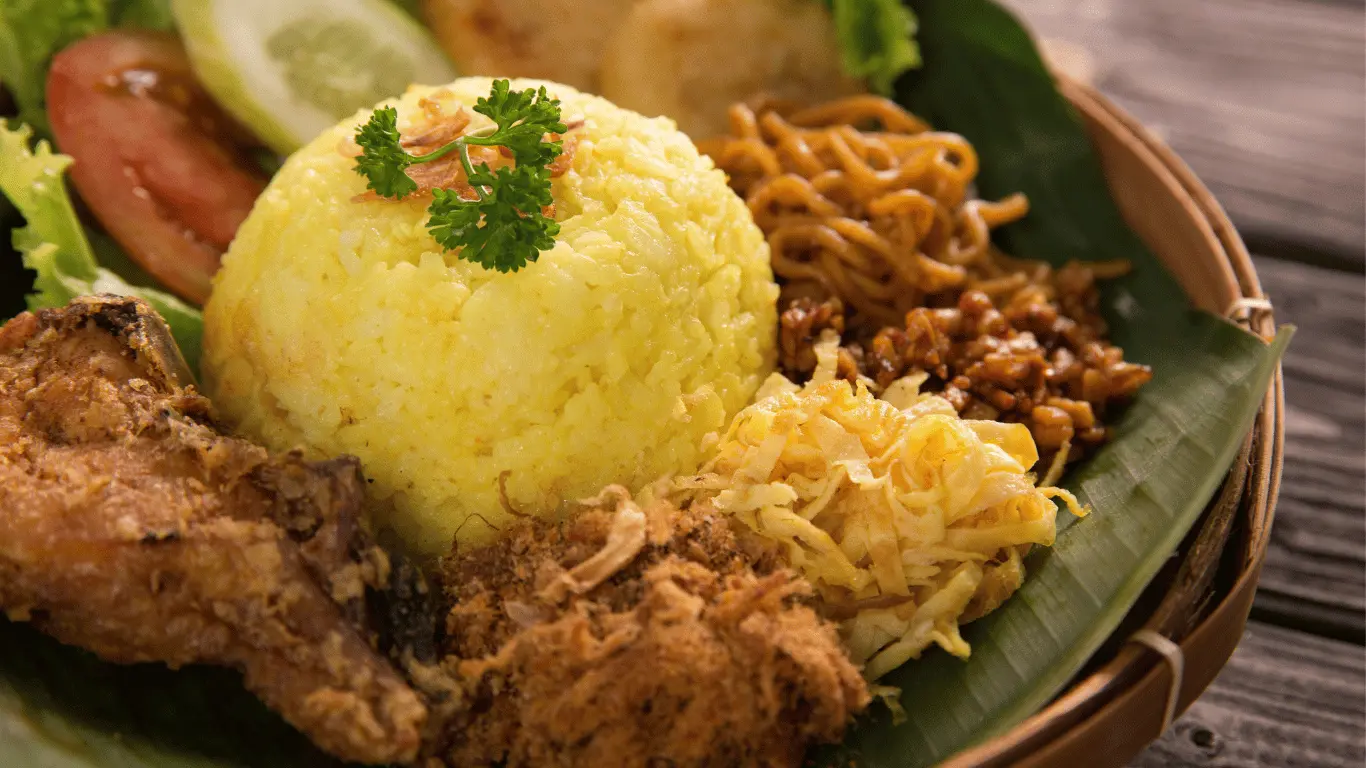
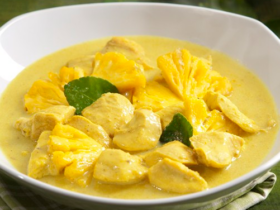
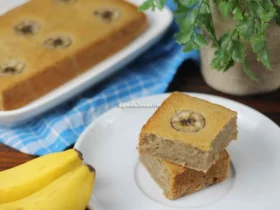
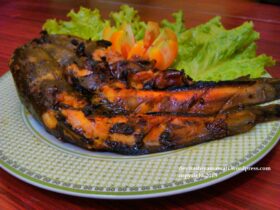

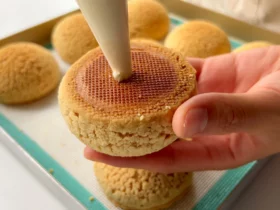
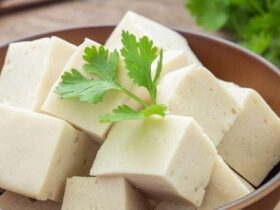
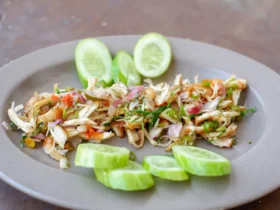
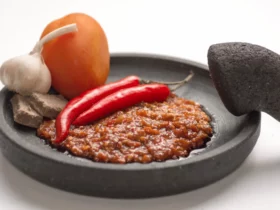
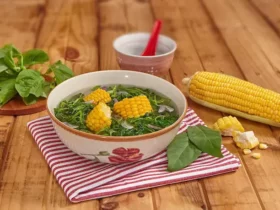
Leave a Reply